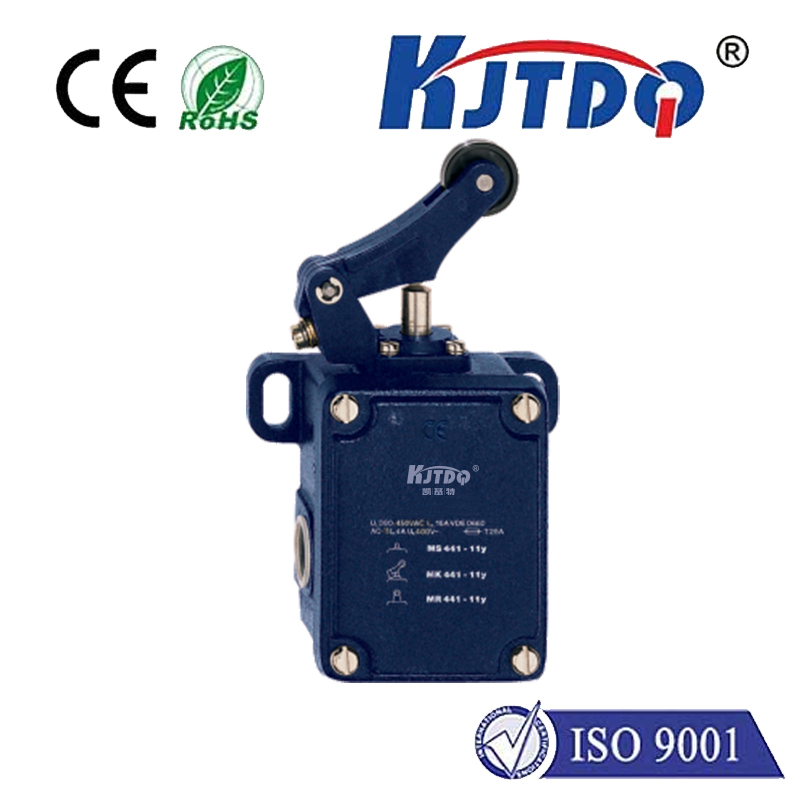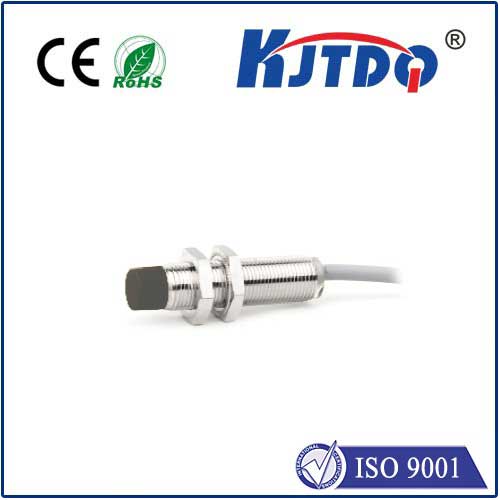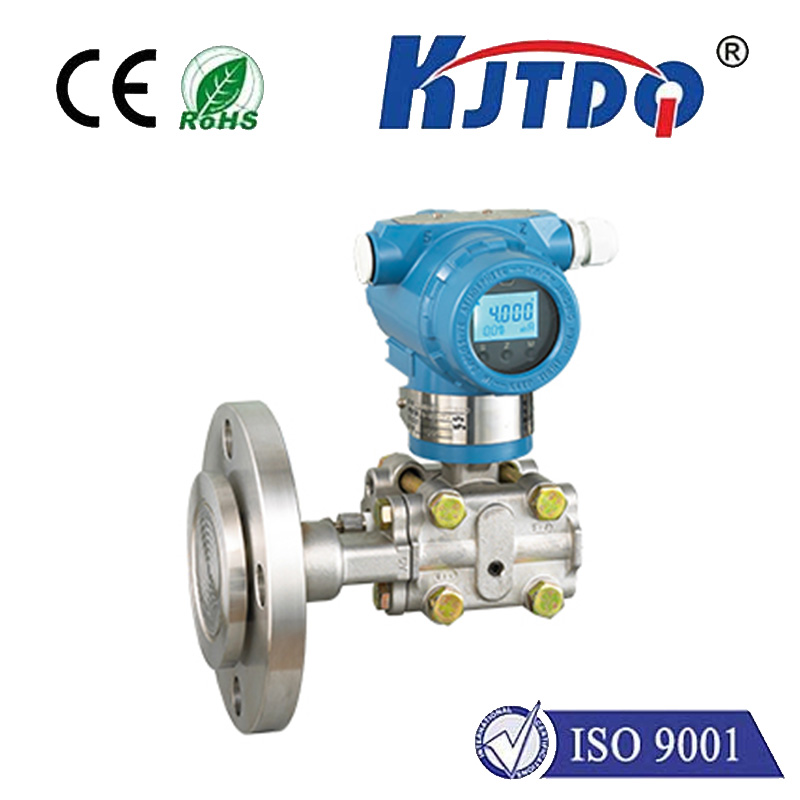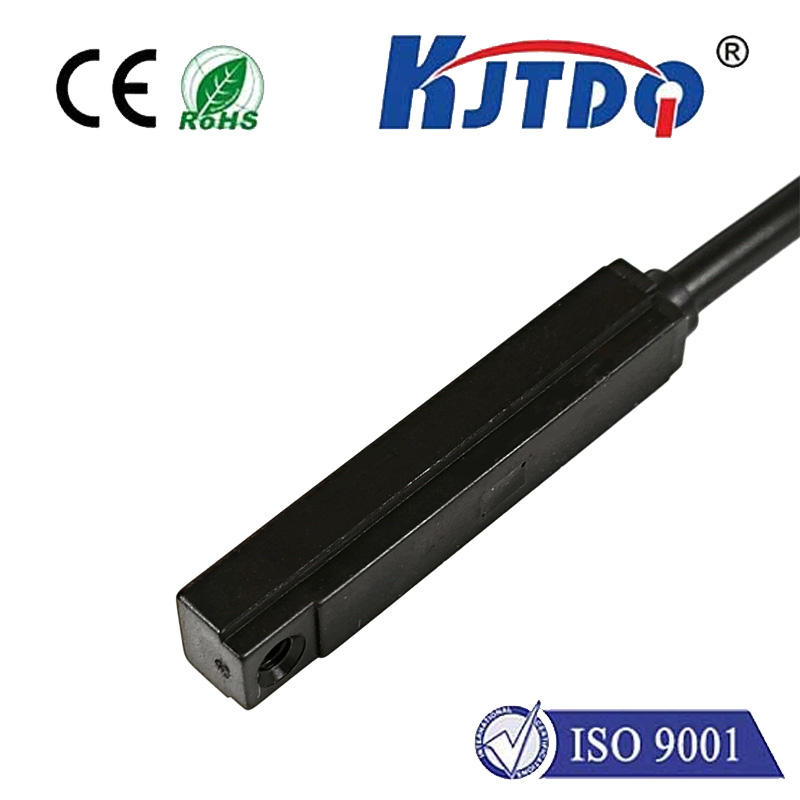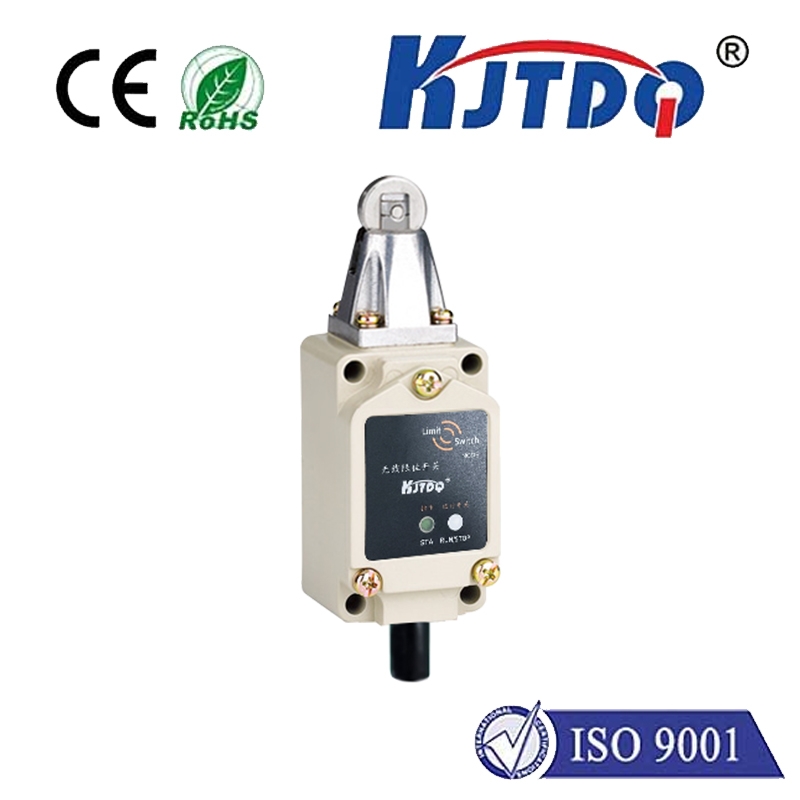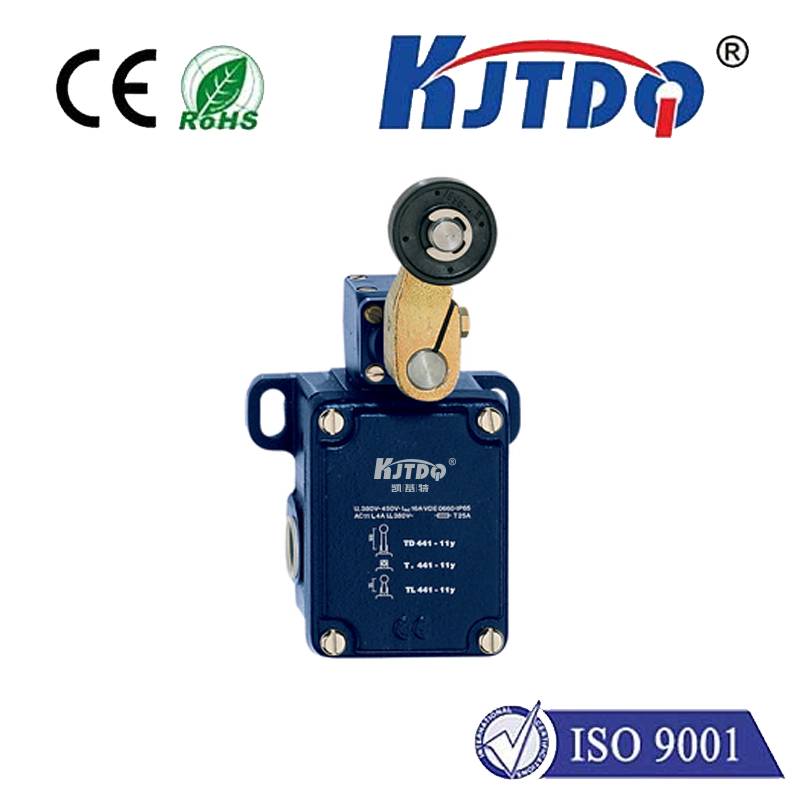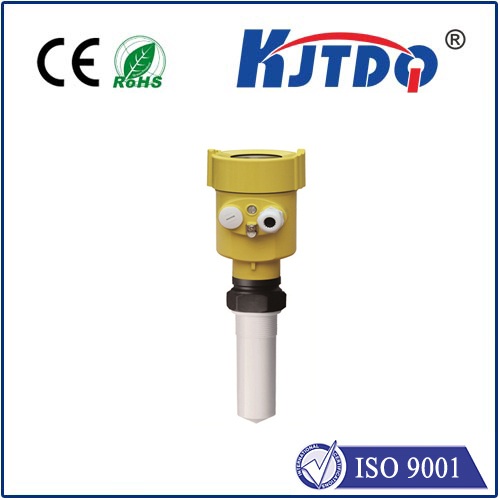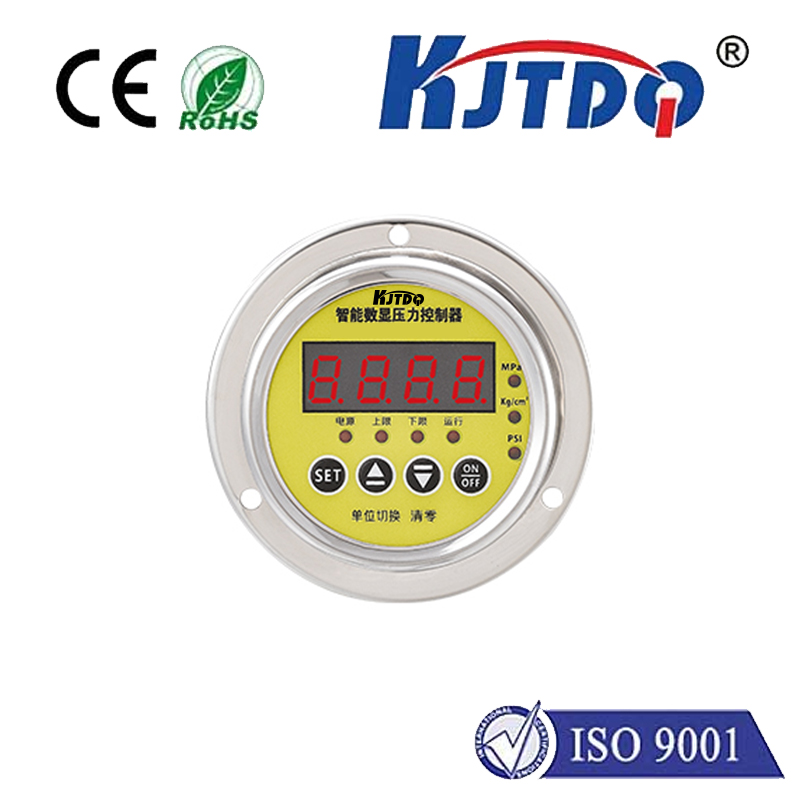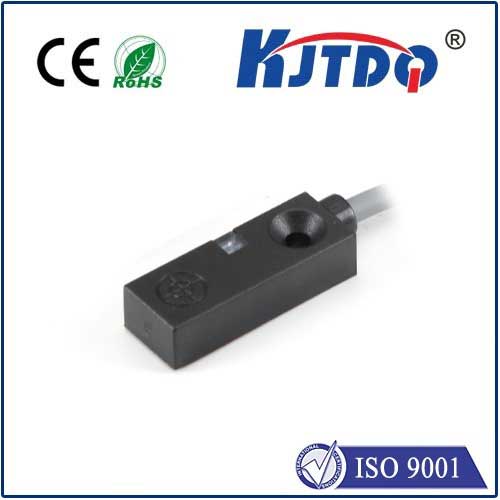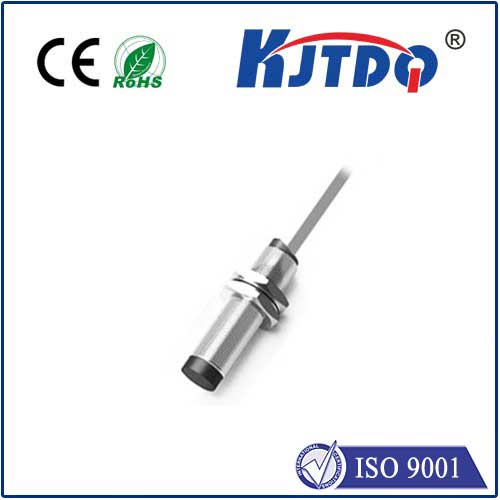

check

check

check

check

check

check

check

check

check

check

Title: Understanding the Importance of Belt Misalignment Switches Introduction Belt misalignment switches are crucial components in various industrial and mechanical systems, ensuring optimal performance and safety. These devices detect belt deviations or misalignments, preventing potential damage and disruptions. In this article, we will explore the significance of belt misalignment switches, their working principles, and their applications. The Significance of Belt Misalignment Switches Belt misalignment switches play a vital role in monitoring and maintaining the proper alignment of belts in conveyor systems, machinery, and other industrial equipment. Misalignment can lead to increased wear and tear on belts, bearings, and other components, causing costly downtime and repairs. By detecting and addressing misalignments promptly, these switches help extend the lifespan of equipment, reduce maintenance costs, and ensure continuous operation. Working Principles of Belt Misalignment Switches Belt misalignment switches utilize various sensing technologies to detect deviations in belt position. One common type is the photoelectric switch, which uses infrared light beams to monitor belt alignment. When the belt moves out of the pre-set threshold, the light beam is interrupted, triggering an alarm or shutting down the system. Another type is the mechanical switch, which employs a lever arm connected to a sensor. As the belt moves away from its intended path, the lever arm deflects, activating the switch and sending a signal to the control system. Applications of Belt Misalignment Switches Belt misalignment switches find extensive applications across various industries, including mining, food processing, packaging, and material handling. In mining operations, for example, these switches help prevent belt slippage and misalignment in conveyor systems, ensuring efficient material transportation and reducing downtime due to maintenance issues. In food processing and packaging lines, they maintain proper belt alignment to avoid contamination and product damage. Additionally, these switches are used in material handling systems to optimize belt performance and minimize operational disruptions. Conclusion Belt misalignment switches are essential tools for ensuring the smooth and efficient operation of industrial and mechanical systems. By detecting and correcting belt misalignments, these devices help prevent costly damages, reduce maintenance requirements, and enhance overall productivity. As technology advances, we can expect further improvements in the accuracy and reliability of belt misalignment switches, offering even greater benefits to industries relying on conveyor systems and other machinery.
